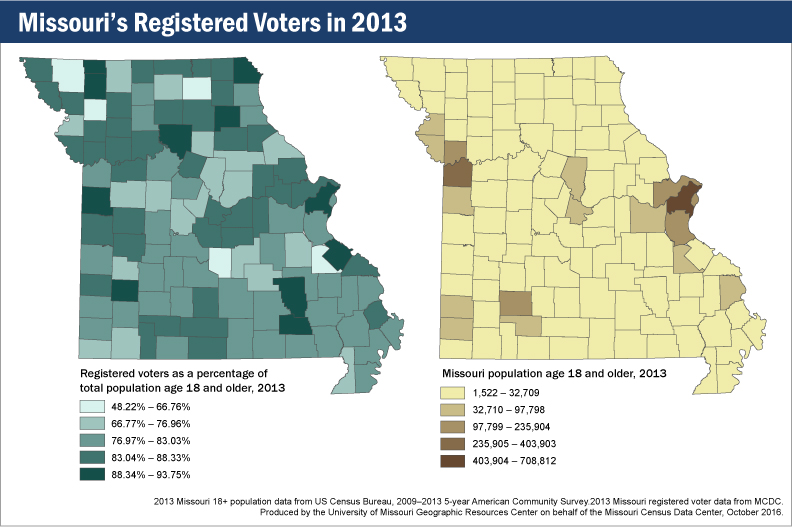This month sees the updates of many of our population-related applications and datasets.
- New data for 2018 added to State/county annual population change, Population trends with demographics, and Population estimates by age applications.
- NCHS (National Center for Health Statistics) “bridged race” estimates added for 2018, including state- and county-level numbers with detail by single years of age, race, sex, and hispanic origin. These datasets are located in the nchsbri directory of our data archive.
- Population and components of change estimates: 2018 data added for Missouri and USA. These datasets are located in the popests directory of our data archive. The uscom18 dataset includes estimates of the total population of counties, states, and the US for July 1 of each year from 2010 to 2018, along with annual birth, death, international and domestic migration estimates (the components of change). The ushuest2018 dataset includes estimates of total housing units by county for each year from 2010 through 2018. The ussc18 dataset includes estimates of the total population of places (cities) and other subcounty geographic areas for each year starting with 2010 and ending with 2018. All of these datasets have corresponding Missouri-only versions, e.g. mohuest2018 for MO housing unit estimates.
- Curmoests (current MO estimates): This Excel spreadsheet includes the latest available (2018) population estimates for Missouri counties and places (incorporated cities).
As always, please contact the MCDC website manager with any questions or comments.


